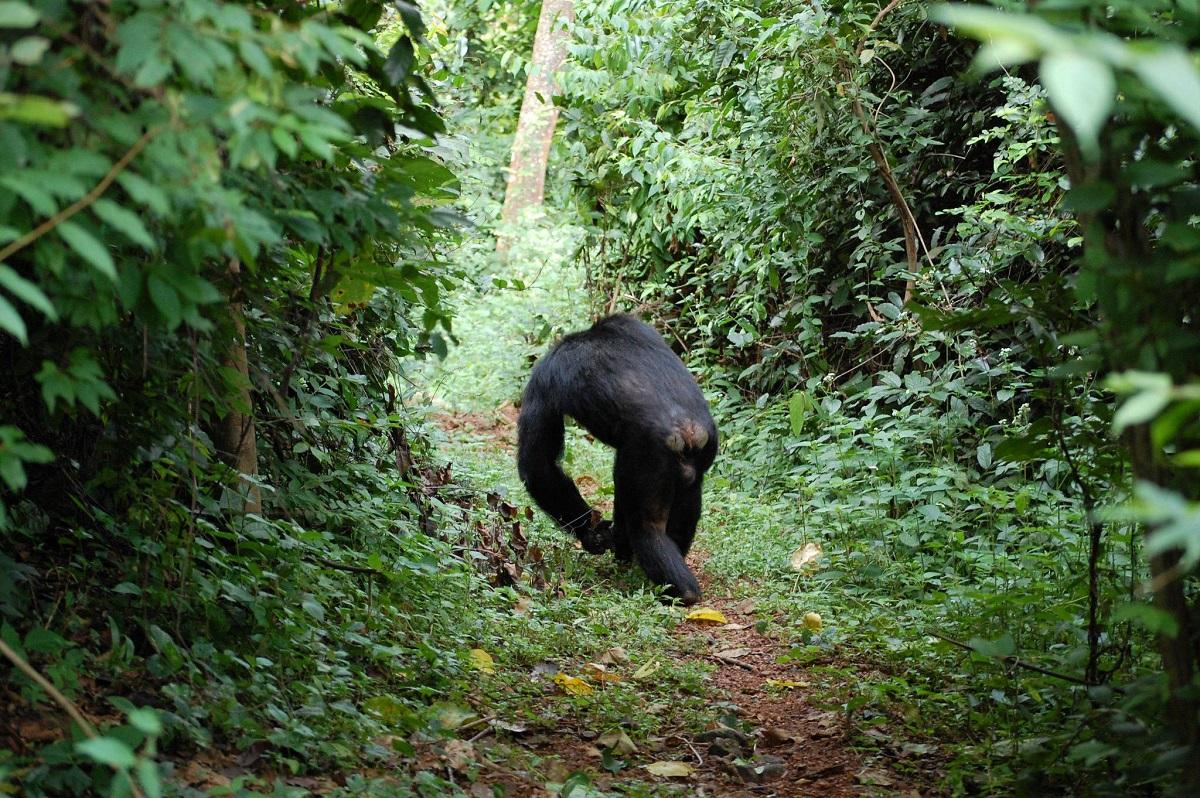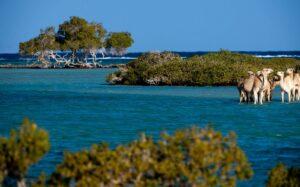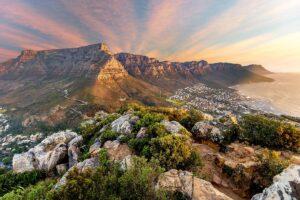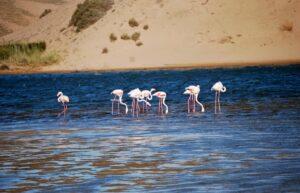Gombe Stream National Park is a premier destination for primate enthusiasts. This is particularly due to its association with the legendary Jane Goodall and her groundbreaking research on chimpanzee behavior. Situated in the remote western part of Tanzania, along the shores of Lake Tanganyika, the park spans a mere 35 square kilometers (14 square miles), making it the smallest national park in Tanzania, and one of the smallest in all of Africa.
Despite its size, Gombe is packed with biodiversity, featuring rich ecosystems ranging from tropical rainforests to woodlands and steep valleys. The park is most famous for its chimpanzees, but you also have the opportunity to see a diverse array of other primates, wildlife, and bird species, making it a must-visit location for nature lovers
Please Download Our Mobile App here
Overview of Gombe Stream National Park
Established in 1968, Gombe Stream National Park is primarily known for its connection to the work of Jane Goodall, who arrived in the park in 1960 to study chimpanzees. Her research here has significantly expanded our understanding of primates, their behaviors, and communication methods. The park’s landscape is characterized by a mix of dense jungle, grasslands, and steep valleys, making it an intriguing location for both wildlife viewing and hiking.
Despite its small size, Gombe’s ecosystems host a remarkable range of species. The dense rainforests are home to several primate species including chimpanzees, red colobus monkeys, blue monkeys, vervet monkeys, and olive baboons. Additionally, the park is a sanctuary for a variety of other animals, including bush pigs, hippos, antelope, and leopards.
Wildlife in Gombe Stream National Park
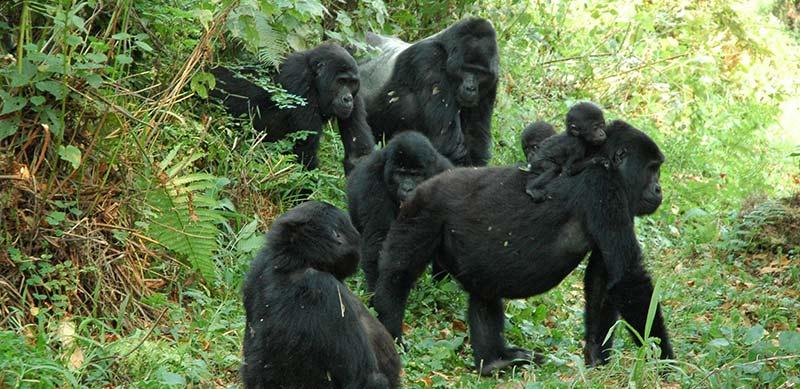
Chimpanzees are the primary draw for visitors to Gombe Stream National Park. The park is home to several chimpanzee communities, each with distinct personalities and behaviors that have been studied by researchers for decades. The chimpanzees are often seen in the wild during guided trekking tours, which are the highlight of a visit to the park.
However, the park also boasts a variety of other primates, such as the endangered red colobus monkeys, which are found in relatively high concentrations here. The park’s diverse wildlife also includes several species of birds, with over 200 species identified.
Birdwatching is another rewarding activity here, with species such as the African fish eagle, various kingfishers, and the striking green pigeon providing stunning photo opportunities. As for the park’s predators, leopards and other carnivores maintain the delicate balance of the ecosystem..
Best Time to Visit Gombe Stream National Park
The ideal time to visit Gombe Stream National Park is during the dry season, which runs from June to September. This period sees less rain, and wildlife, including the chimpanzees, tends to be more active, making it easier for visitors to spot them.
The trails can be quite challenging, especially during the rainy season, when they become slippery and difficult to navigate. However, for those seeking a quieter experience, the park can also be visited in the low season, though rain may limit wildlife visibility.
Getting to Gombe Stream National Park
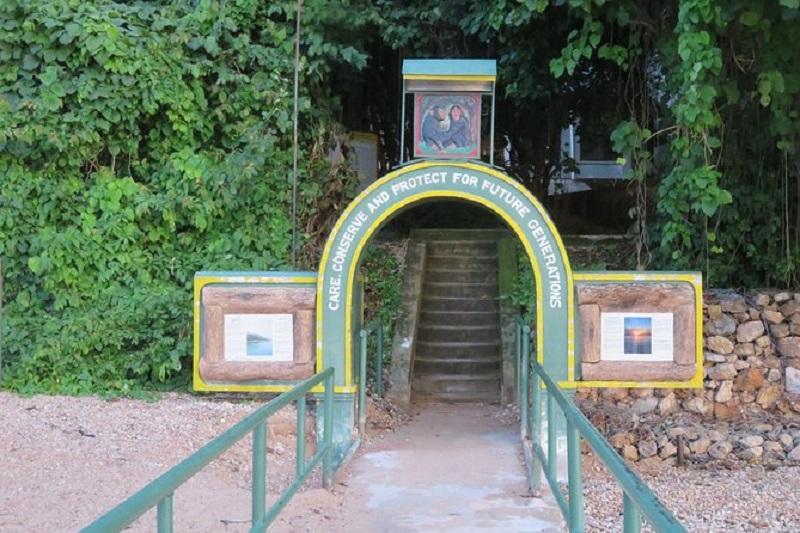
Gombe Stream is one of Tanzania’s more remote national parks, and reaching it requires some planning. Most visitors fly into Kigoma, a town located on the shores of Lake Tanganyika, and from there, a boat ride is necessary to reach the park.
Alternatively, there are small planes that can land near the park’s airstrip, though boat access is more common. It’s advisable to arrange transport and accommodations in advance, as the area can be quite isolated.
Other Activities in Gombe Stream National Park
Besides chimpanzee trekking, there are several other activities for visitors. Nature walks through the park’s diverse habitats are highly recommended, offering the chance to explore the rainforest, woodlands, and the shores of Lake Tanganyika.
Birdwatching is a popular activity due to the park’s rich avian biodiversity. Visitors can also take cultural excursions to the nearby local communities, where they can learn about the traditions and daily life of the region’s inhabitants. Besides trekking and birdwatching, those interested in conservation efforts can visit the Jane Goodall Institute located near the park.
This center highlights the remarkable history of Jane Goodall’s chimpanzee research and conservation initiatives. There are also opportunities for photography tours, where experts guide visitors on capturing the park’s wildlife and landscapes, helping photographers improve their skills in a natural setting.
Park Fees at Gombe Stream National Park
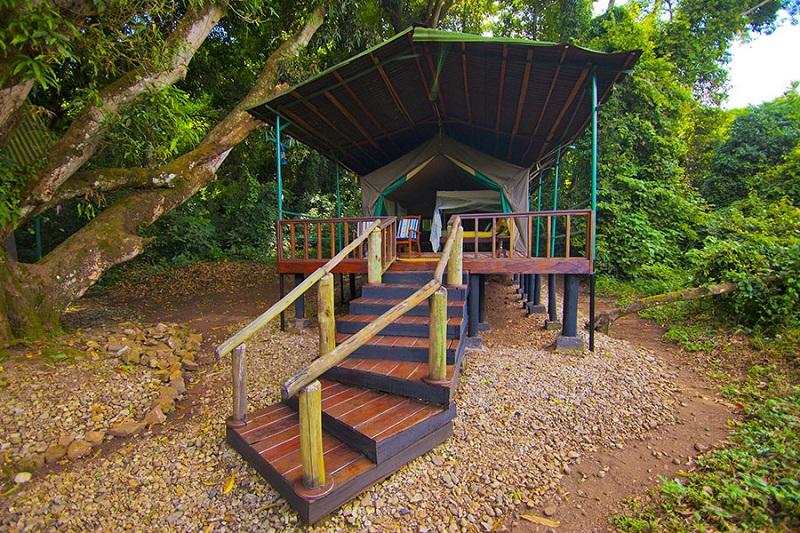
The cost of visiting Gombe Stream National Park varies depending on the type of visitor and the activities chosen. Fees for entry can be higher than those for other Tanzanian parks, reflecting the park’s remote location and the logistics involved in accessing it.
- Non-residents:
The entry fee for Gombe is about $100 USD per adult. This fee covers park entry and basic services. - Residents:
Fees are considerably lower for residents, typically around TZS 1,500 to TZS 3,000 per adult. - Guided chimpanzee trekking requires additional fees of about $50 USD per person.
You should check for updated pricing and make bookings ahead of time, especially if traveling during the peak dry season.
FAQs
What are the chances of seeing chimpanzees?
Chimpanzee sightings are generally quite frequent, especially during the dry season, when they are more active and easier to locate. However, sightings depend on factors such as the weather and the specific chimpanzee community being tracked.
Is Gombe suitable for families with young children?
While Gombe offers a unique experience, the hiking and trekking involved may be challenging for young children due to the park’s steep terrain and the physical demands of the tours. Families should assess the fitness levels of children before embarking on a visit.
Can I visit Gombe without a guide?
No, visitors are not allowed to explore Gombe Stream National Park without a guide. All tours are led by experienced, knowledgeable guides who help ensure both safety and the best chances of encountering wildlife.
Conclusion
Gombe Stream National Park is a small but extraordinary destination that holds a world of adventure for wildlife enthusiasts, particularly those interested in primates. While its remote location requires careful planning, the rewards of witnessing such a diverse and vibrant ecosystem firsthand make Gombe a must-visit for nature lovers and conservationists alike.
